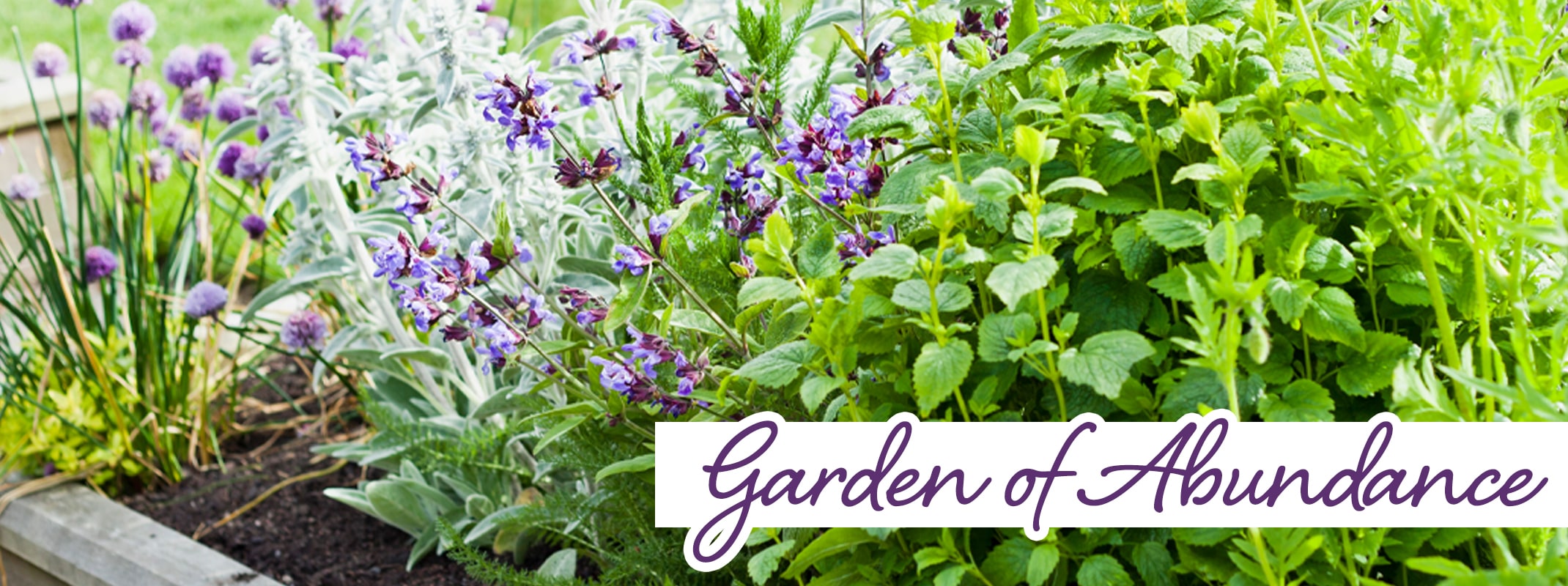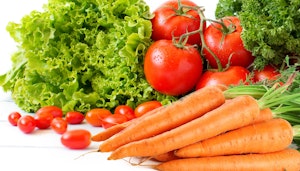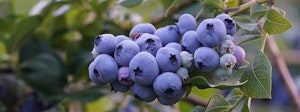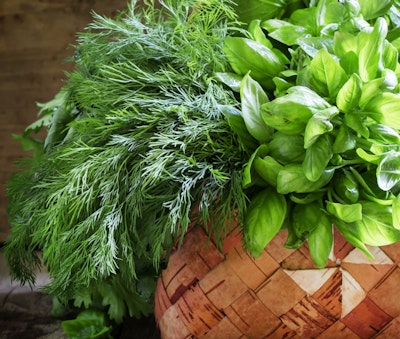Garden of Abundance
 In the Bay Area of California, you have a climate that's generally Mediterranean, with wet, mild winters and dry summers. When planning a raised bed for vegetables, herbs, fruits and pollinator plants, consider companion planting to attract beneficial insects and improve the health and yield of your garden. Please note, selection may vary by location and season.
In the Bay Area of California, you have a climate that's generally Mediterranean, with wet, mild winters and dry summers. When planning a raised bed for vegetables, herbs, fruits and pollinator plants, consider companion planting to attract beneficial insects and improve the health and yield of your garden. Please note, selection may vary by location and season.
Here’s a strategy for what to plant:
Vegetables & Fruits:
- Tomatoes pair well with basil, which can improve their flavor and growth, and marigolds, which repel pests.
- Lettuces can be grown with chives or garlic to deter aphids.
- Carrots grown with rosemary or sage can help keep carrot flies away because the herbs' strong scents disguise the carrots' odor. This natural method helps grow healthier carrots without using pesticides.

- Blueberries: Blueberry bushes flower in spring, offering nectar and pollen to bees and other pollinators, which in turn helps the plants to pollinate and supports local ecosystems.
Herbs:
- Basil is not only great with tomatoes but also benefits from being planted near chamomile, which can enhance its flavor and growth.
- Cilantro, with its delicate blooms, is a magnet for beneficial pollinators like bees and butterflies, which are essential for your garden's health. When cilantro is planted alongside peppers, it can enhance pepper pollination, leading to a more plentiful harvest. The fragrant leaves of cilantro also may help in deterring unwanted pests away from peppers and other vegetables in the vicinity.

- Dill is great for bringing in helpful wasps to your garden which can control pests. It’s good to plant it near cucumbers to help protect them, but keep dill away from tomatoes because it can attract harmful pests to them.
- Parsley in your garden attracts Swallowtail butterflies to lay their eggs because the plant is a food source for their young caterpillars, helping more of these butterflies thrive in your area.
- Catmint: This herb delights gardens with its fragrant, lavender-blue flowers and gray-green foliage, offering beauty and drought resistance. Catmint is a magnet for bees, butterflies, and other pollinators, providing a rich nectar source. Its long blooming period and low maintenance make it an ideal choice for supporting garden biodiversity and adding lasting appeal.
 Pollinator Plants:
Pollinator Plants:
- Lavender and Salvia are excellent pollinator-friendly plants that can also serve as companion plants for many vegetables due to their strong scents that deter pests.
- Penstemon: Penstemon plants have bright, tube-shaped flowers that attract bees, hummingbirds, and butterflies. These pollinators can easily get nectar and pollen from the flowers, which helps them survive. In return, they help the Penstemon plants by pollinating them, which is important for the plants to produce seeds and grow more plants. This helps both the pollinators and the plants, and also supports a healthy environment by keeping the ecosystem diverse.
- California Buckwheat (Eriogonum fasciculatum): This shrub is known for its clusters of small white to pinkish flowers and is a favorite among various beneficial insects, including parasitic wasps and syrphid flies.
- Fuchsias, with their distinctive pendulous flowers in vibrant hues of red, pink, purple, and white, are not only a delight to the human eye but also serve as valuable resources for pollinators in the garden ecosystem.
- Sticky Monkeyflower (Mimulus aurantiacus): With its bright orange, tubular flowers, this perennial attracts bees and hummingbirds and prefers occasional summer watering.
- Lupine (Lupinus spp.): This native plant blooms beautifully in spring and summer with blue flowers that attract bees, butterflies, and birds.
- Ceanothus: This native plant is not only a stunning addition to the garden landscape with their vibrant clusters of blue, purple, or white flowers, but they also play a crucial role in supporting pollinators and enhancing biodiversity. An abundant producer of nectar-rich flowers, the small, delicate blossoms of Ceanothus are packed with sweet nectar, attracting a wide array of pollinators, including bees, butterflies, and hummingbirds.
- Yarrow: Yarrow offers vibrant blooms and feathery foliage, adding beauty to gardens while being drought-resistant and low-maintenance. It attracts bees, butterflies, and beneficial insects with its abundant nectar and pollen, supporting pollinator health and biodiversity. Its long flowering season ensures a lasting, beneficial impact on the garden ecosystem.
- Verbena: This stunner enchants gardens with its vivid, long-lasting flowers and easy care, thriving in sunny spots. Verbena's rich nectar attracts a variety of pollinators, including bees, butterflies, and hummingbirds, enhancing garden biodiversity. The plant's continuous bloom provides a reliable food source, supporting pollinator populations throughout the season.
- Foxglove: Standing tall with striking, bell-shaped flowers, foxglove adds height and drama to gardens. It thrives in partial shade, offering a splash of color. Its tubular flowers are particularly attractive to bees, providing an essential source of nectar. This plant contributes to pollinator health while enhancing garden aesthetics.
When designing your raised beds, consider planting taller plants on the north side so they don’t shade out the shorter ones. Cluster plants with similar water and sun needs together, and be sure to include a variety of flowering plants that bloom at different times to provide a continuous food source for pollinators.

